The world is full of fascinating and diverse creatures, from the cute and cuddly to the downright terrifying. While many animals are harmless, some are incredibly aggressive and dangerous, making them the stuff of nightmares.
In this article, we will explore the top 10 scariest animals in the world, based on their aggression, size, and potential to cause harm. From the powerful Cape Buffalo to the venomous Black Mamba, these animals are sure to send shivers down your spine.
You are reading: Top 10 Scariest Animals In The World
So, buckle up and get ready to learn about some of the most frightening creatures on the planet.
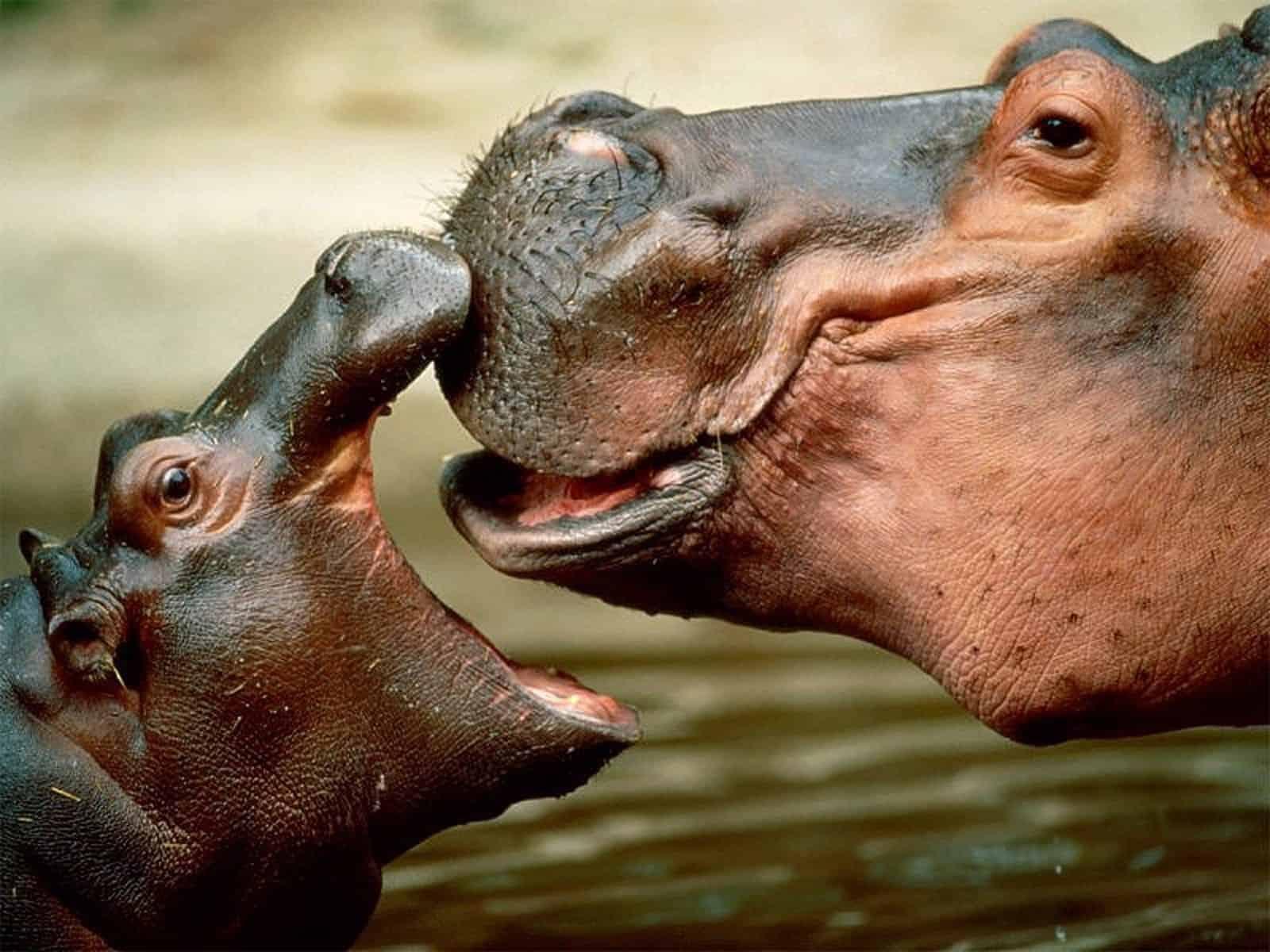
Top 10 Scariest Animals In The World
Cape Buffalo
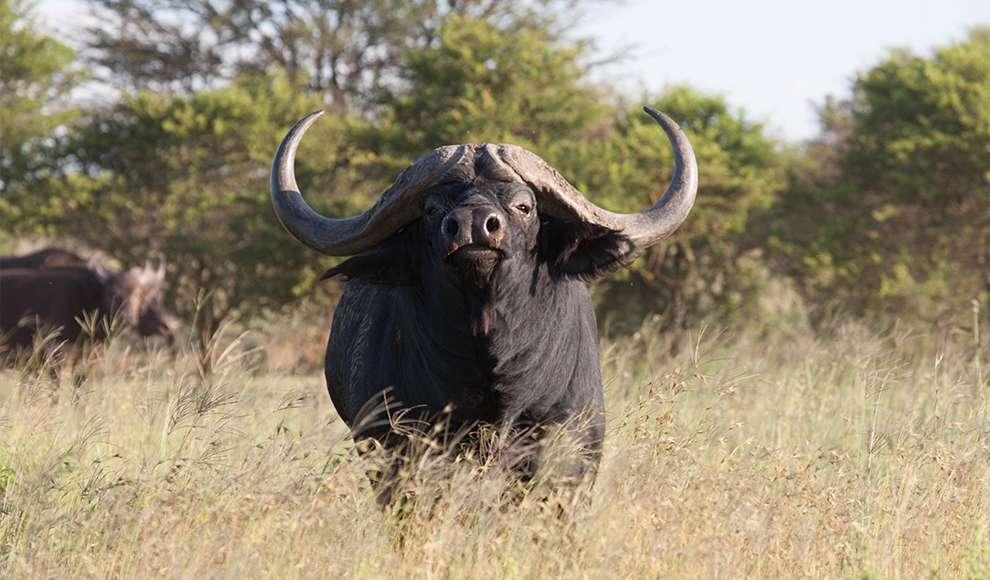
The Cape Buffalo, also known as the African Buffalo, is a large and powerful bovine found in South and East Africa. They can weigh up to 2,000 pounds and reach a height of 5.5 feet at the shoulder.
Both males and females have horns, with the males’ being larger and having a boss, which is an expansion of the horn bases towards each other. Cape Buffaloes are known for their formidable size, large herds, and large horns, which make them one of the most dangerous animals in Africa. They are notoriously ill-tempered and may charge as a unit when threatened, making it difficult for predators to prey on them.
Cape Buffaloes are herbivores and primarily feed on grass. They give birth to a single calf after a 340-day gestation period and can live up to 20 years in the wild. Cape Buffaloes can be found in various habitats, including swamps, floodplains, grasslands, forests, savannas, and lowland rainforests.
Black Rhinoceroses
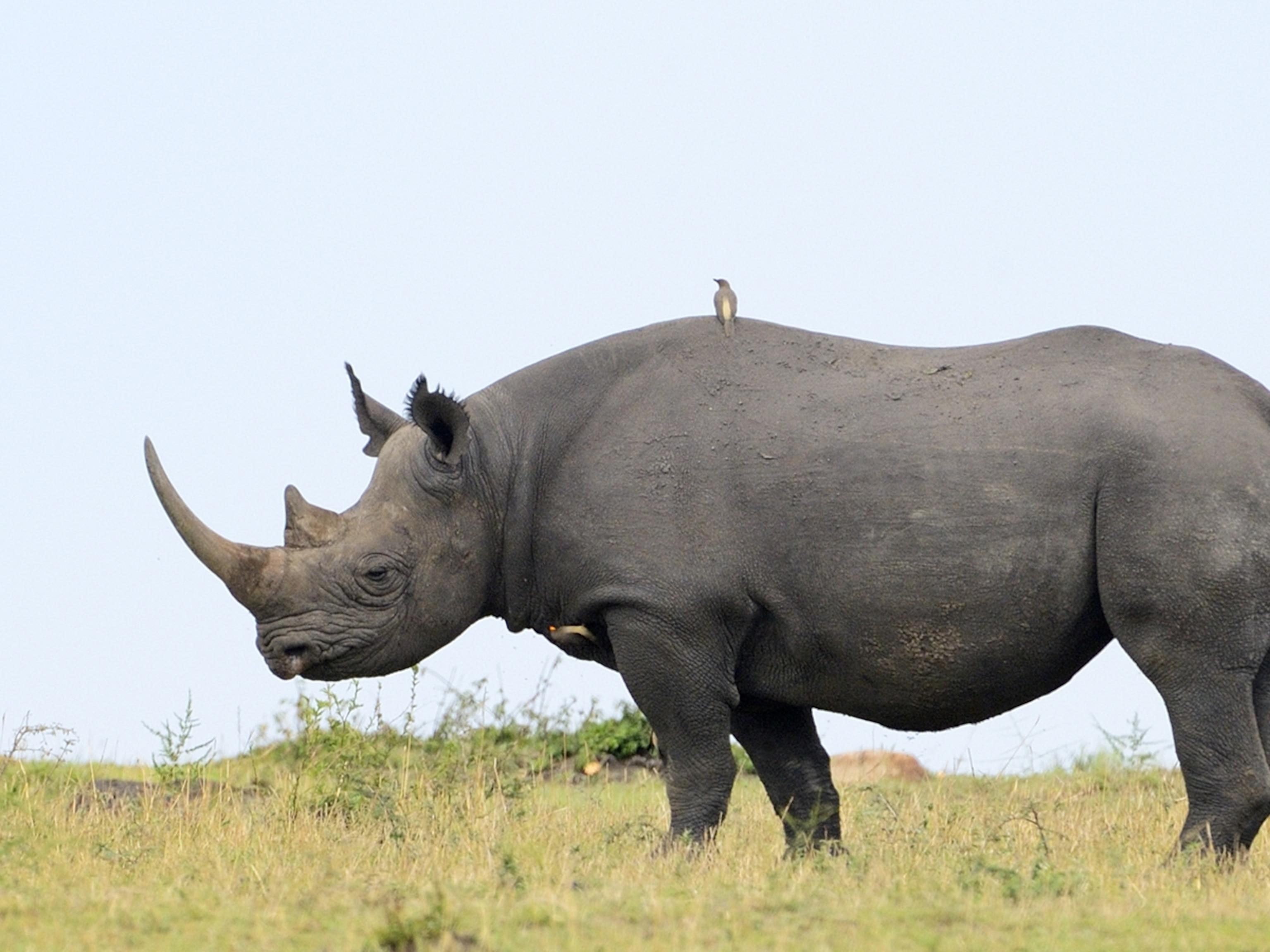
The Black Rhinoceros, also known as the Hook-lipped Rhinoceros, is a species of rhinoceros native to eastern and southern Africa, including Angola, Botswana, Kenya, Malawi, Mozambique, Namibia, South Africa, Eswatini, Tanzania, Zambia, and Zimbabwe. They are herbivorous browsers that eat leafy plants, twigs, branches, shoots, thorny wood bushes, small trees, legumes, fruit, and grass.
Black Rhinos are solitary animals, except for females and their offspring, and reproduce only every two and a half to five years. They have a pointed upper lip that helps them pluck leaves and fruit from the branches.
Black Rhinos are known for their aggressive behavior and are likely to charge when they catch the scent of a human or anything else unfamiliar. They have two horns, which make them lucrative targets for the illegal trade in rhino horn, and are critically endangered due to intense poaching.
The black rhinoceros was originally widespread, but rampant poaching reduced the total black rhinoceros population to some 2,400 by 1995.
Hippopotamuses
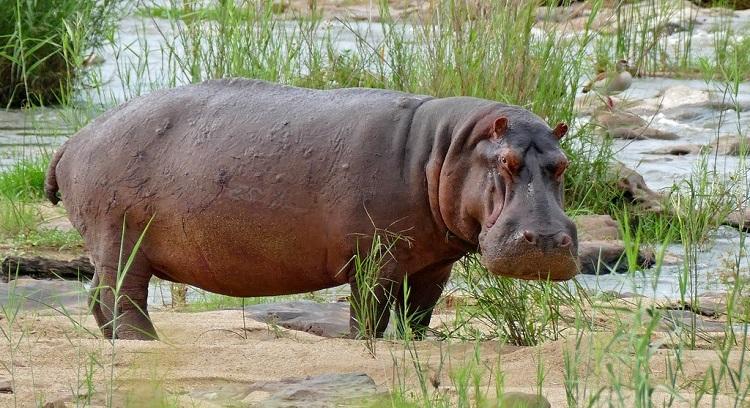
Hippopotamuses are large, semiaquatic mammals native to sub-Saharan Africa. They are known for their enormous teeth, aggressive nature, and the myth that they sweat blood.
Despite their name, their closest living relatives are whales, dolphins, and pigs. Hippos are the world’s third-largest land mammals after elephants and white rhinos. Males can reach lengths of 10.8 to 16.5 feet and weigh up to 8,000 pounds. They have very thick skin that is virtually hairless except for the thick bristle-like hair on their heads and tails.
The outer layers of skin are quite thin, making them prone to wounds from fighting. Their powerful jaws are capable of opening up to 150 degrees, revealing their enormous incisors.
Hippos are highly aggressive and are well-equipped to deliver considerable damage to anything that wanders into their territory. They are considered the world’s deadliest large land mammal, killing an estimated 500 people per year in Africa.
Hippos are herbivores and feed on short, soft grasses and fallen fruit. They seek refuge from the heat by living in water during the day and come ashore at night to feed.
Read more : Top 6 Most Dangerous Insects In England
The eyes and ears of a hippopotamus are on top of its head, so it can keep watch for enemies—mainly crocodiles—while lying low in the water. Hippopotamus populations are threatened by hunting and habitat loss.
Cassowaries
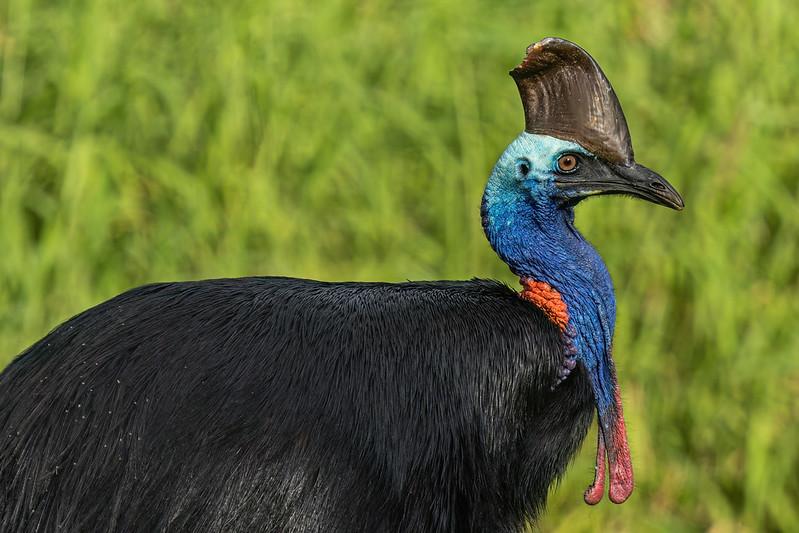
Cassowaries are large, flightless birds native to the tropical forests of New Guinea, the Aru Islands, and northeastern Australia. They are the only members of the family Casuariidae and belong to the order Casuariiformes, which also includes the emu.
There are three species of cassowaries, each with several races. The common, or southern, cassowary, Casuarius casuarius, is the largest and has two long red wattles on the throat.
The dwarf cassowary (C. bennetti) is native to higher elevations of New Guinea and can also be found on the island of New Britain, and the northern cassowary (C. unappendiculatus) inhabits New Guinea’s northern lowlands. Cassowaries are predominantly frugivorous, but omnivorous opportunistically when small prey is available.
Besides fruits, their diet includes flowers, fungi, snails, insects, frogs, birds, fish, rats, mice, and carrion. Cassowaries are known for their aggressive behavior and are considered the most dangerous bird on the planet. They have a bony helmet, or casque, on their head, which they use as a weapon when threatened.
Cassowaries are important seed dispersers in their native ecosystems, as many plant species can only germinate after being passed through their digestive system.
Wolverines
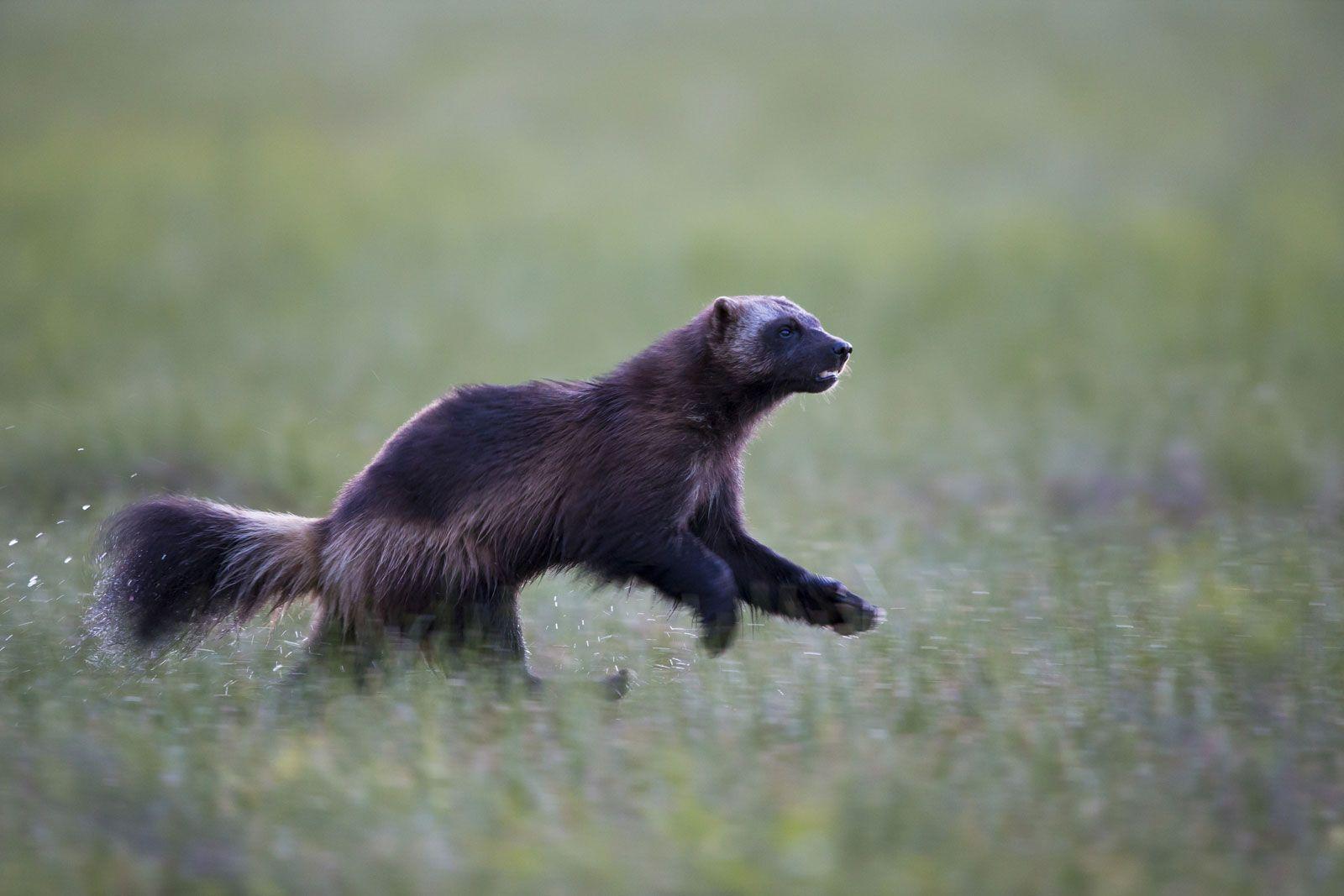
Wolverines are powerful, carnivorous mammals that belong to the family Mustelidae, which includes weasels, otters, and ferrets. They are the largest land-dwelling species in the family and resemble small bears.
Wolverines have long, dense, dark brown fur with two broad yellowish stripes extending from the shoulders to the base of the tail. They have massive limbs, sharp claws, and powerful jaws, which make them remarkably strong for their size.
Wolverines are solitary animals and need a lot of room to roam. They are known for their tenacious and aggressive behavior and are capable of taking down prey much larger than themselves.
Wolverines are opportunistic feeders and eat a variety of prey, including rabbits, rodents, squirrels, moose, deer, sheep, and other livestock. They are also adept scavengers and often feed on the carcasses of elk, caribou, and other animals.
Wolverines are found in remote boreal forests, taiga, and tundra in the northern latitudes of Europe, Asia, and North America. They are generally nocturnal but can be active at any time of the day.
Wolverines are solitary except during breeding season. Wolverines are threatened by habitat loss and fragmentation, as well as hunting.
Belcher’s Sea Snake
Belcher’s Sea Snake, also known as the faint-banded sea snake, is an extremely venomous species of elapid sea snake. It is named after Sir Edward Belcher, a British Naval officer who discovered the snake during the mid-19th century.
Belcher’s Sea Snake is of moderate size, ranging from 0.5 to 1 meter (about 20–40 inches) in adult length. Its thin body is usually chrome yellowish in color with dark greenish crossbands, and the dorsal pattern does not extend onto the venter. The head is short and has bands of the same colors, and its mouth is very small but suitable for aquatic life.
Belcher’s Sea Snake has a timid temperament and would normally have to be subjected to severe mistreatment before biting. Usually, those bitten are fishermen handling nets, although only one-quarter of those bitten are envenomated since the snake rarely injects much of its venom.
Belcher’s Sea Snake is primarily distributed throughout the Indian Ocean, ranging across the Gulf of Thailand, Indonesia, New Guinea, and the coastline of the Philippines. It is also referred to as Belcher’s ocean snake.
Nile Crocodile
The Nile crocodile (Crocodylus niloticus) is a large crocodilian that is native to freshwater habitats in Africa, where it is present in 26 countries. It is widely distributed in sub-Saharan Africa, occurring mostly in the eastern, southern, and central regions of the continent, and lives in different types of aquatic environments such as lakes, rivers, swamps, and marshlands.
Read more : 14 Types Of Dabbling Ducks
Nile crocodiles are opportunistic apex predators and are capable of taking almost any animal within their range. They are generalists, taking a variety of prey, including different species of fish, reptiles, birds, and mammals.
Nile crocodiles are ambush predators that can wait for hours, days, and even weeks for the suitable moment to attack. They are agile predators and wait for the opportunity for a prey item to come well within attack range.
The Nile crocodile is presently the most common crocodilian in Africa. The proximity of much of its habitat to people means run-ins are frequent, and its virtually indiscriminate diet means that humans might look just as tasty as a migrating wildebeest. It is estimated that up to 200 people may die each year in the jaws of a Nile crocodile.
Arthropleura (extinct)
Arthropleura is an extinct genus of millipede arthropods that lived in North America and Europe around 345 to 290 million years ago, from the Viséan stage of the lower Carboniferous Period to the Sakmarian stage of the lower Permian Period.
The species of the genus are the largest known land invertebrates of all time, and would have had few, if any, predators. All found fossils of Arthropleura are believed to be exuviae (molting shells) instead of carcasses. The good preservation of its thin exuviae, buttressing plates around the leg base, and evidence of 3 cm deep trackway fossils altogether suggest that they had a sturdy exoskeleton and roamed the land.
Arthropleura was once thought to have lived mainly in coal forests. The extinction of Arthropleura was attributed to the decrease of coal forest. After around 45 million years on Earth, Arthropleura is believed to have gone extinct over 250 million years ago. The reasons for their extinction remain unclear.
Sea Squirt
Sea squirts are marine invertebrates that belong to the phylum Chordata, which includes all animals with a spinal cord, a supporting notochord (backbone), and gill slits at one point in their lives. They are also known as ascidians and are characterized by a tough outer “tunic” made of cellulose.
Sea squirts are found in all seas, from the intertidal zone to the greatest depths. They are primarily sessile, meaning they are permanently fixed to a surface, and are commonly found on pier pilings, ships’ hulls, rocks, large seashells, and the backs of large crabs.
Sea squirts can live alone or in a colony. They feed by drawing water into the body through one of their siphons and filtering food particles through the pharynx and digestive tract. Waste products are released from the body through the other siphon. Sea squirts are sources of diverse natural products that are of special interest for biomedicine and drug development.
Sea squirts are also important in the marine ecosystem as they are filter feeders and can help to remove excess nutrients from the water.
Goliath Bird-Eating Tarantula
The Goliath Bird-Eating Tarantula, also known as the Goliath Tarantula or the Goliath Birdeater, is the largest tarantula species in the world. They are native to the rainforest regions of northern South America, including Venezuela, northern Brazil, Guyana, French Guiana, and Suriname.
Despite their name, they rarely eat birds, and their diet consists primarily of other large arthropods, worms, and amphibians. They are capable of killing and consuming a variety of insects and small terrestrial vertebrates due to their size and opportunistic predatory behavior.
The Goliath Bird-Eating Tarantula has a mostly tan to light brown and golden-hued coloring on the body, with distinct spines on the third and fourth pair of legs. They lack tibial spurs, which are usually located on adult males’ first pair of legs. The body measures up to 4.75 inches (12 centimeters) with a leg span of up to 11 inches (28 centimeters).
The Goliath Bird-Eating Tarantula has fangs that can reach up to one inch in length, which it uses to deliver venom to its prey. The venom is not lethal to humans but can cause severe pain and swelling. The Goliath Bird-Eating Tarantula is sometimes kept as a pet, but it requires a large enclosure and specialized care.
FAQS
- What are the scariest animals in the world?
The top 10 scariest animals in the world include the Nile crocodile, blue-ringed octopus, golden poisonous dart frog, stonefish, Cape buffalo, black rhinoceroses, hippopotamuses, cassowaries, wolverines, Belcher’s sea snake, and Goliath bird-eating tarantula.
- What makes an animal scary?
An animal can be considered scary due to its size, aggression, venom, or predatory behavior. Some animals may also be considered scary due to cultural or personal reasons.
- Are all scary animals dangerous to humans?
Not all scary animals are dangerous to humans. Some animals may be scary due to their appearance or behavior, but they may not pose a threat to humans.
- Can scary animals be kept as pets?
Some scary animals, such as the Goliath bird-eating tarantula, can be kept as pets, but they require specialized care and a large enclosure. It is important to research the animal’s needs and behavior before considering it as a pet.
- Why are some animals on the list of scariest animals in the world endangered?
Some animals on the list of scariest animals in the world, such as black rhinoceroses and hippopotamuses, are endangered due to habitat loss, poaching, and other human activities. It is important to protect these animals and their habitats to ensure their survival.
Source: https://petstutorial.com
Category: Animals










